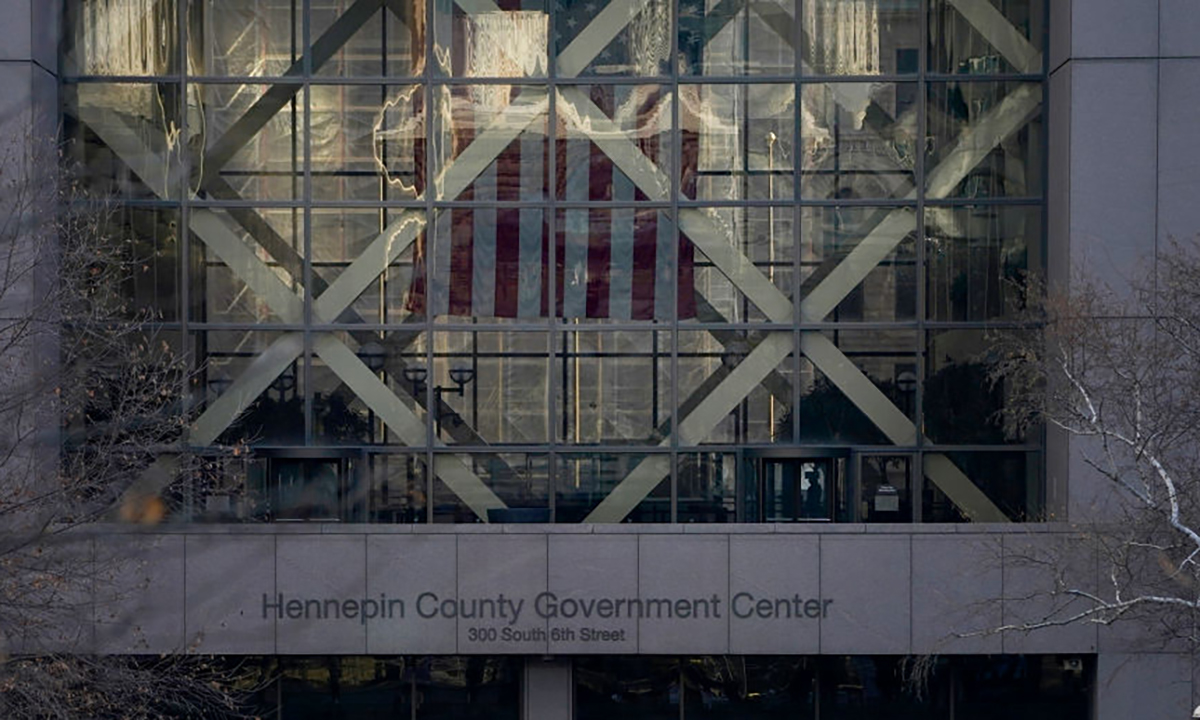Court: Minnesota Schools’ Racial Imbalance Alone Not a Constitutional Violation
Court of Appeals rules that plaintiffs in a 7-year-old school desegregation case have not proven the state intended to isolate students by race

Get stories like this delivered straight to your inbox. Sign up for The 74 Newsletter
In the latest phase of a seven-year-old school desegregation suit, the Minnesota Court of Appeals has ruled that the mere existence of schools that are not integrated does not violate the state constitution.
“The existence of a racial imbalance in the student body of a school, as compared to other schools in the same school district or school system, is not a per se violation of the education clause of the Minnesota constitution, unless the racial imbalance is caused by intentional … segregation,” Judge Matthew Johnson wrote in upholding a Hennepin County District Court judge’s decision.
Within hours, attorneys representing the plaintiffs, a group of Twin Cities parents, said they would appeal to the state Supreme Court.
The case dates to 2015, when Minneapolis and St. Paul parents sued state officials, alleging that racial isolation in schools deprived children of the adequate education they are guaranteed by the Minnesota constitution. The parents called a number of state efforts to desegregate schools stretching back more than 20 years inadequate.
Since the start of the case, state officials have insisted they did not cause school segregation.
Because the plaintiffs challenged a state law exempting charter schools, several high-performing Twin Cities charters asked to participate in the case as defendants, arguing that they do not exclude any group of children. Rather, they say, their “culturally affirming” school models appeal to families looking for an alternative to local district schools, which have some of the largest achievement gaps in the nation.
The state Supreme Court already decided a separate issue in the case, Alejandro Cruz-Guzman et. al. v. State of Minnesota, in 2018. By law, the next phase of the case was mandatory mediation. After 18 months of closed talks failed, the plaintiffs asked a Minneapolis judge to stop the case from proceeding to trial by declaring that concentrations of poverty and of students of color in their schools was, by itself, a violation of the right to an adequate education under the state constitution.
In an order issued last winter, Hennepin County District Court Judge Susan Robiner did not go so far as to call racially isolated schools segregated, noting that the term has a particular legal definition regarding the separation of students by race: “The court will use the term ‘segregated’ when referring to plaintiffs’ allegations in order to accurately describe what plaintiffs allege. It will use the term ‘imbalanced’ otherwise, recognizing that the word ‘segregated’ often connotes an intentional policy of separating races, or other protected classes.”
Minnesota, like many states, requires charter schools that have more applicants than seats to conduct blind lotteries, a practice initially designed to ensure fairness in enrollment. Among other challenges to school choice, the plaintiffs want the state’s desegregation rules to apply to the publicly financed, independently managed schools — in other words, charters.
The suit’s historical roots are tangled. In the late 1990s Daniel Shulman, the main plaintiffs’ attorney in the current lawsuit, was involved with a different Twin Cities desegregation suit. That case ended in a settlement that ordered the state to pay to bus students from impoverished census tracts in Minneapolis to then-largely white suburban schools, to create regional magnet schools and to give districts financial incentives to expose students to children of other cultures.
Among other problems, the children of color who attended suburban schools did not perform as well academically as those who stayed in Minneapolis Public Schools. A state audit found that some districts spent their integration aid on such questionable things as ethnic art. Subsequently, lawmakers appointed a bipartisan committee, which decided that integration was valuable for its own sake, but had few recommendations about how to encourage it.
Since Brown v. Board of Education, the U.S. Supreme Court has put parameters on the mechanisms states and districts may use to integrate schools, drawing a line between intentional and unintentional segregation and ruling that race can’t be the sole factor determining a student’s school assignment. As a result, like Minnesota, a number of places have adopted voluntary integration policies, but none has prevented resegregation.
In May 2021, the Minnesota plaintiffs and the state announced they had reached a tentative settlement that included a number of the same elements put in place after the first suit. State lawmakers, however, did not take up the bills proposed to facilitate the agreement. The charter school defendants, meanwhile, opposed the settlement.
With the case then seemingly headed to trial, the plaintiffs asked Robiner to decide the case herself by ruling that segregation per se violated their rights. If the state Supreme Court upholds her refusal to do so, or declines to consider another appeal, the case will head back to her courtroom.
Get stories like these delivered straight to your inbox. Sign up for The 74 Newsletter

;)
